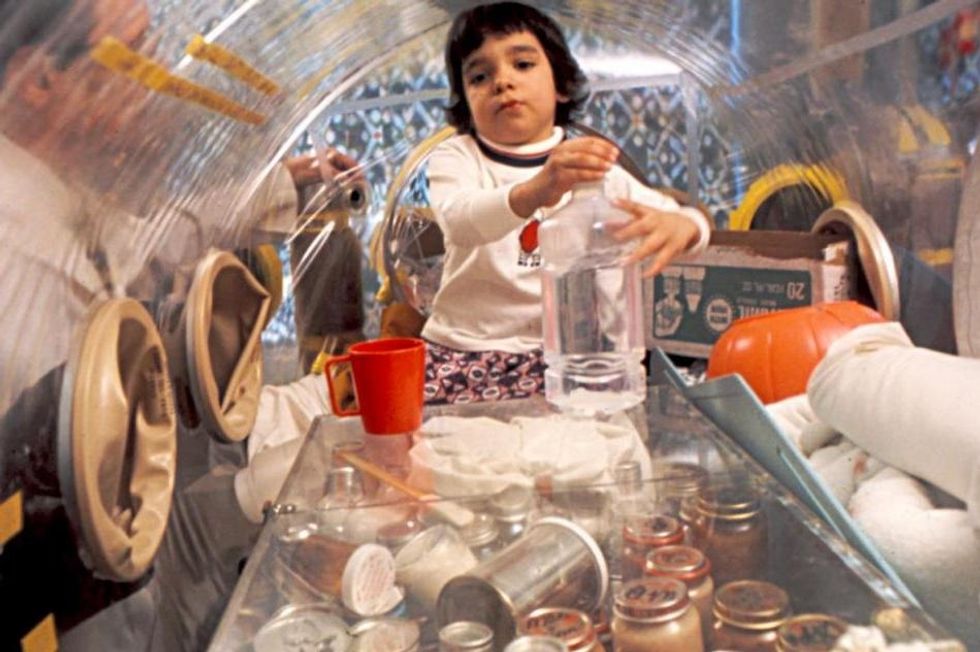The Quarantine season has been going on for some time, and it has certainly got a lot of people to face boredom, depression, and anxiety. This is a very important subject and needs to be addressed properly, but in today's segment, I will be talking about something that had happened in 1971 to a boy who spent most of his life in a bubble or in quarantine.
Imagine yourself living in a literal bubble/chamber to self-isolate, it would seem like a terrifying and heartwarming experience, but in 1971 a boy from Texas was born with a rare genetic disorder called Severe Combined Immunodeficiency (SCID) which forced him to live in a sterile plastic bubble from birth until his death at the age of 12.
According to the NIAID (National Institute of Allergy and Infectious Diseases), SCID is a group of rare disorders caused by mutations in different genes involved in the development and function of infection-fighting cells. This type of deformity causes a person to be susceptible to any pathogen and has a fatal reaction to any minor infection.
Most often SCID is inherited in an autosomal recessive pattern, in which the disease is caused by genes located on the X chromosome. Males have only one copy of X-linked genes because they have one X chromosome. So if a son inherits a disease-causing mutation in a gene located on the X chromosome, he will develop the disease. And since X is a recessive gene it shows up mostly in a male)
David was born on September 21st at the Texas Children's Hospital in Houston. After a few seconds of his birth, he was placed in a plastic isolator so as to prevent him from any contagious pathogens that are harmless to the normal human. Born as a third child to Carol Ann and David J. Vetter, David was their second son with the prior son being dead to the same disease during infancy.
Initially, Doctors had predicted that David would outgrow SCID by the age of two, but he ended up spending all his life in a bubble. The plastic sterile container was designed by NASA engineers who further designed a special suit for David so that he could walk and play outside. Even to get from the container to the suit he had to crawl through an isolated tunnel. The process of sealing David in the suit was complicated, but worth the risk, as it was only until 1977 that his mother was able to hold him in her arms. This must have been a very hard emotional moment.
Even while in self-quarantine in the sterile container, David was schooled and he was able to keep with other children about his age. David's disorder was expected to be treated by a bone marrow transplant from his sister (his parent's second child) but after four months of transplant, at the age of 12, David departed from the world. David's passing influenced further research, diagnosis, and treatment of immune-deficient diseases. But Still, with the progress in gene therapy and overall development in science and technology, the treatment for SCID remains experimental. But with further trials and continued effort, many studies have been made with further identification of the disease.
Keeping that in mind, this post was initially intended to be satiric which in turn led to a thorough investigation of a very heartwarming life story of David Vetter.
















